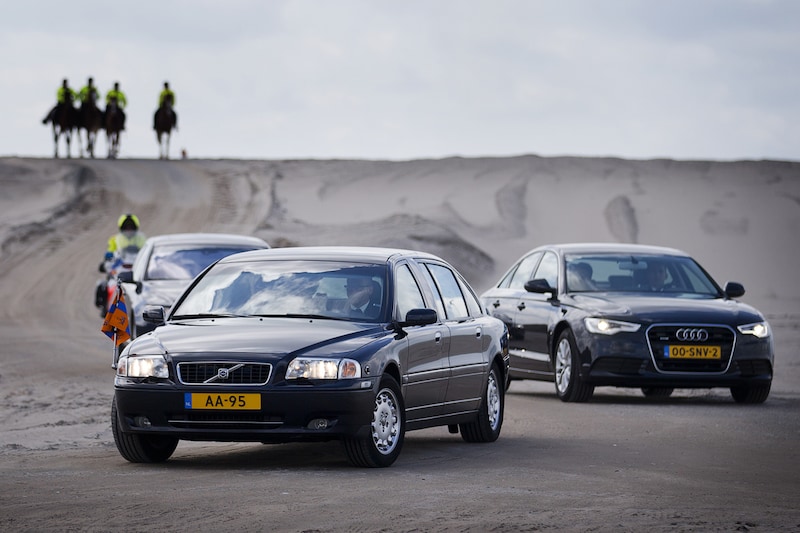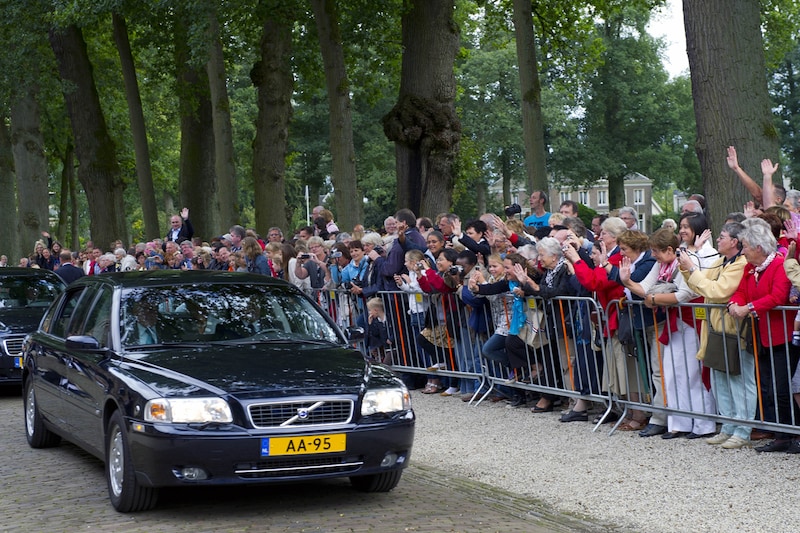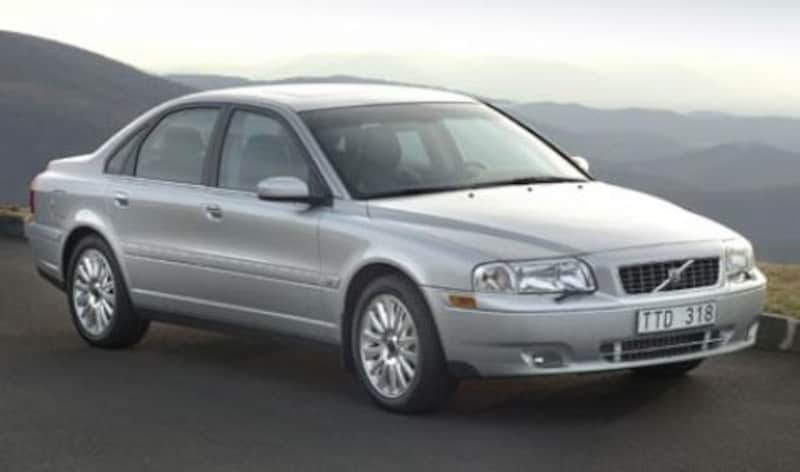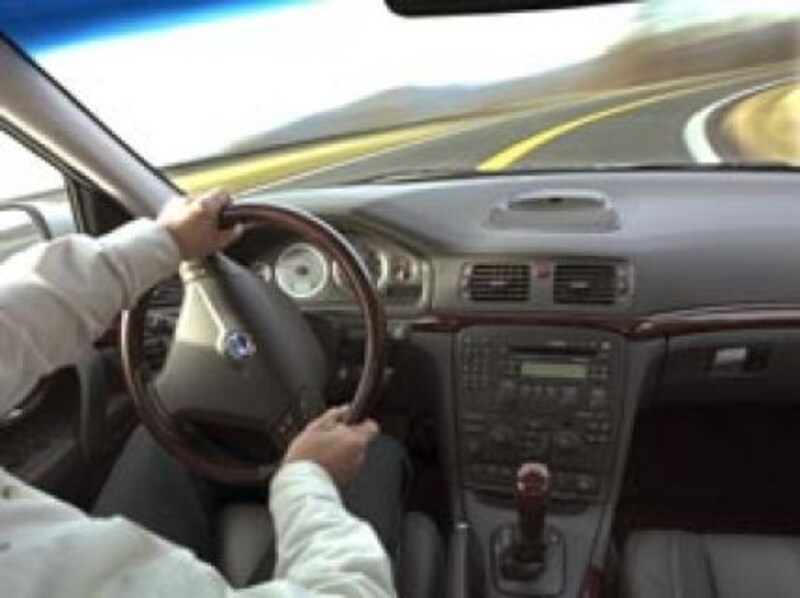The beautiful car year 1998
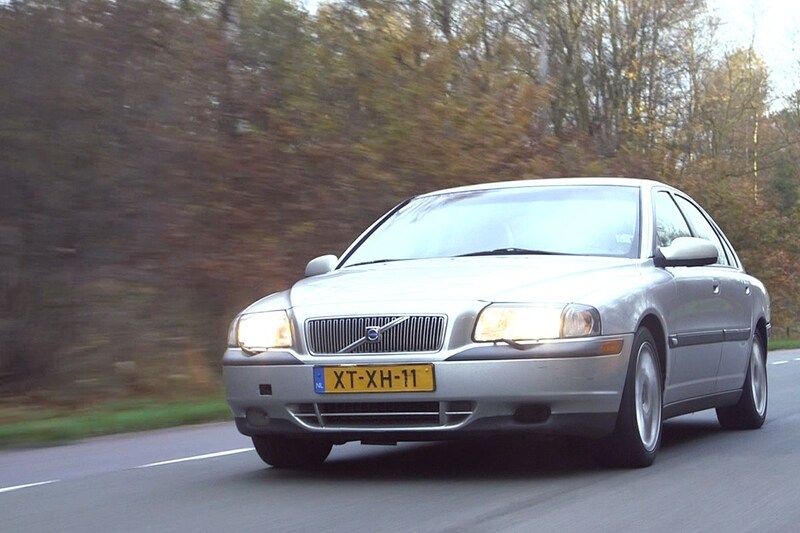

Last year we put the spotlight on the most important newcomers of 1982 on these pages. Now we go back to 1998; another year in which a striking number of interesting models came onto the market. Think of the Ford Focus, Peugeot 206, Audi TT, Fiat Multipla and Smart City Coupé. In these pages the leading role is for the Volvo S80.
What did the start-up process look like?
In the late 80s, early 90s you had a choice of many large business sedans. Models such as the Ford Scorpio, Opel Omega, Renault Safrane and Toyota Camry were attractively priced alternatives to the BMW 5 Series and the Mercedes-Benz W124. Until the German brands, including Audi, suddenly became the first choice for business drivers. Other brands lost out in the E-segment and collectively threw in the towel. With the exception of Volvo. On the sidelines of the German playing field, the Swedish brand continued to defend itself bravely, in order to always be the first choice for convinced Volvo customers and lease drivers who sometimes wanted something different than a German topper. The pedigree of the Volvo S80 goes all the way back to 1944, when the ‘Cat’s Back’ went into production. With this model, Volvo set foot outside the Swedish borders for the first time, and with success. This car was succeeded by the Amazon, which received a modern replacement in the late 1960s in the form of the 140 series. A model with a particularly long breath, because after it evolved into the 200 series, it remained in production as a Polar Estate until 1993. Parallel to the 200 series, the 700 series had appeared on the market in 1982, which in turn formed the basis for the 900 series from 1990. With the unveiling of the S80 in 1998, that era finally came to an end.

How revolutionary was he really?
Following the 400 series built in Born, Volvo had already switched to front-wheel drive in 1991 with the five-cylinder 850. The fact that the S80 switched from rear to front-wheel drive for the transmission certainly did not come out of the blue. Volvo had developed a new platform for the S80, which would later serve as the basis for the S60/V70 and XC90. After the Ford Motor Company bought Volvo in 1999, the P2 platform was also used in various American models from Ford, Mercury and Lincoln. After the more rounded S40/V40 from 1995, the S80 said goodbye to the characteristic angular design that had characterized Volvo’s large sedans since the late 1960s. Nevertheless, the design of the S80 was broadly known since 1992. In that year, the Swedes presented the Environmental Concept Car (ECC), a large four-door sedan with an extremely slippery aluminum body (Cd value: 0.23) and the combination of an electric motor with a gas turbine. We never heard anything about that powertrain again, but afterwards the design of the ECC turned out to lift a corner of the veil of the new family face that Volvo implemented from the S80 across the entire model line. The S80 would never appear as an Estate, because from 2000 that role was taken by the new V70 that shared the platform with the S80.

How was the Volvo S80 received?
By Volvo standards, the S80 was very progressive. For the first time in its history, the Swedish brand brought a large front-wheel drive sedan. That took some getting used to for both the car press and the inveterate Volvo buyer. With the design of the S80, which was clearly inspired by the ECC concept car, Volvo also took a new course. Under the leadership of Peter Horbury (since employed by Lotus this year), a four-door sedan was created with a streamlined silhouette and strikingly broad-shouldered sides, which had to convey the proverbial safety. Because yes, the S80 was a Volvo. The business driver was impressed: in 1999, the first full year that the S80 was in the showroom, no fewer than 3,098 units received new number plates. Well, that year the Dutch bought more than 600,000 new cars together, so the comparison is a bit flawed, but last year Volkswagen van de Golf, number one in 1999, registered fewer copies than Volvo of the S80 in its most successful sales year. To put everything in the right perspective: the BMW 5-series and the Mercedes E-class sold even better in 1999 than the S80.

What were the choices during the market launch?
In the motor area, there was a choice of a range of five and six-cylinder in-line engines, with or without a turbo. All these power sources – even the six-cylinder – were placed transversely under the hood. The weakest petrol S80 was the naturally aspirated 2.4 with 140 hp. You could also order this from the factory as Bi-Fuel, so with an LPG installation. This option was not available for the 2.4 with 170 hp. From 2000 a turbo variant of this engine appeared, with 200 hp. In 2003, the engine range was supplemented with a 2.5-litre five-cylinder turbocharged engine with an output of 210 hp. Only in 2005 was there a version of the S80 2.5T with AWD for sale. Initially there were two different six-cylinder engines: the naturally aspirated 2.9 with 204 hp and the blown T6, which produced 272 hp from a displacement of 2.8 liters. Later the T6 derived its power from a 2.9 engine with two turbochargers, which also produced 272 hp. In 1999 a diesel engine joined the ranks: the 2.5D with 140 hp. This variant was short-lived, because a new five-cylinder diesel appeared in 2001: the 2.4 D5 (163 hp). To round off the diesel program downwards, this self-igniter also came in 2002 in a variant with 130 hp.

What were its competitors?
In 1999, the first full sales year of the Volvo S80, the BMW 5 Series and the Mercedes-Benz E Class dominated the business E segment in the Netherlands. The S80 was number three, closely followed by the Opel Omega. In the top 100, the Audi A6 and the Saab 9-5 were further behind. If we look at the sales hit list of 2005, the last sales year of this S80 generation, the Audi A6 is the most popular E-segmenter. The 5-series and the E-class complete the top 3. If we scroll further down, we first encounter the Volvo S80. After a long time of nothing, models such as the Peugeot 607, Saab 9-5, Chrysler 300C, Jaguar S-type, Renault Vel Satis, Lexus GS, Alfa Romeo 166, Cadillac CTS, Lancia Thesis, Toyota Camry and Citroën C6 are fighting for favors of the business car buyer. Well, we now know how it ended with all these models. And also why: the advance of the large SUV was already unstoppable in 2005. With the Volvo XC90 leading the way…

How was the S80 received by consumers?
If you compare the production figures of the Volvo S80 with those of the Mercedes-Benz E-class, you could almost say that the Swedish business sedan was a flop. For example, while Mercedes sold 1,374,409 million units of the W210 (four-door only) worldwide in the period 1995-2002, Volvo delivered ‘only’ 388,595 S80s between 1998 and 2006. We must also note that the S80 was not available in nearly as many countries as its main competitor from Germany.
In the Netherlands, the S80 was definitely a success. Between 1998 and 2006, more than 10,000 new S80s left the showroom here. There is a wide range of beautiful second-hand copies with a relatively low mileage. That makes the Volvo S80 very suitable as a comfortable, safe and fiscally attractive young timer for the business driver.

Any details during his life?
The Volvo S80 received an update in 2003. The facelifted sedan had its world premiere at the AutoRAI. The exterior changes were minimal: a grille with a square pattern, painted side moldings, chromed door handles, other exterior mirrors and more colorful taillights. More important was the arrival of Four-C, Volvo’s adaptive damping system, from the high-speed R versions of the S60 and V70. The starting price was €37,525. In addition to Torslanda, on the east side of Gothenburg, Sweden, the S80 also rolled off the production line in Canada (Halifax) and Malaysia. Nilsson Special Vehicles in Laholm converted the Volvo S80 for special purposes, such as an ambulance and a stretch limousine. The Royal Family used several S80 limos.

Which version appeals the most to the imagination?
It is obvious to choose the ultimate engine variant, the S80 T6 with 272 hp. And preferably in combination with very complete equipment, such as the Summum or Executive. You then get pure luxury in the form of leather upholstery, 16-inch alloy, xenon headlights, wood inlays in the dashboard, electric seat controls and parking sensors. With a bit of luck, the first owner wanted to invest in a sliding-tilting roof, now a dying accessory. You don’t have to look for an S80 with Four-C; the adaptive damping hardly adds anything to the suspension comfort and driving pleasure.

How many were built and how many are left?
Volvo built exactly 388,595 copies of the S80 between 1998 and 2006. About 10,000 of these ended up in the Netherlands. According to our data supplier Vinacles, there are still 3,336 units with an active Dutch license plate. Because it is very attractive from a tax point of view to drive a youngtimer for business purposes, quite a few S80s have also come to the Netherlands from abroad in recent years.
source: vinacles

What has been the impact of the Volvo S80?
While the S80 was certainly not the first model to pack old brand values such as build quality and safety into an attractive design – let’s not forget the 480 and the C70 – this is the car that has caused a definitive turnaround in Volvo’s design approach. The bricks of yesteryear transformed into desirable models, such as the S60 and the sexy C30 later on. It may never have received a beauty award, but 25 years later, elements of the S80 design can still be recognized even in the current Volvo models.
.
– Thanks for information from Autoweek.nl

